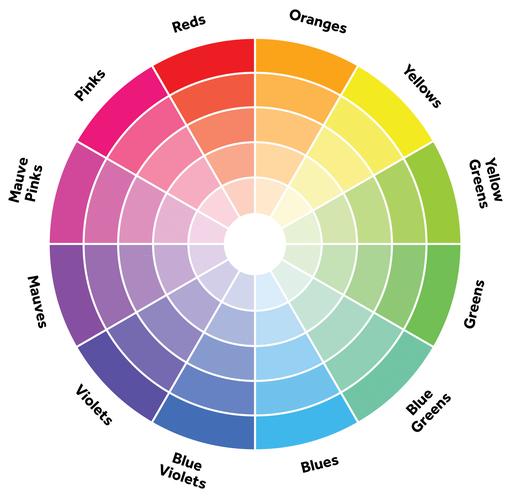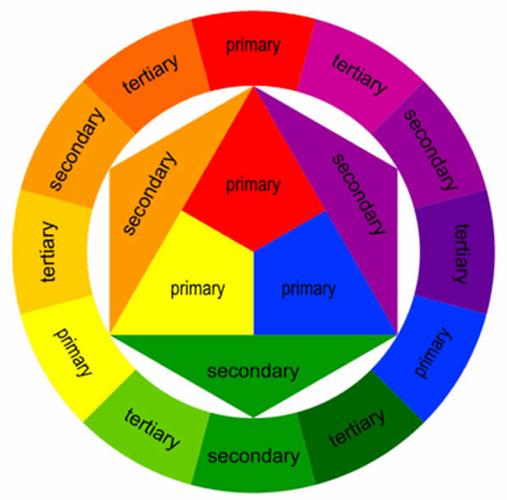Tint Tone and Shade Color Wheel: A Comprehensive Guide
Understanding the nuances of color can be a fascinating journey, especially when it comes to the concepts of tint, tone, and shade. These terms are often used interchangeably, but they each refer to different aspects of color. In this article, we will delve into the intricacies of the tint tone and shade color wheel, providing you with a detailed and multi-dimensional introduction.
What is a Tint Tone and Shade Color Wheel?
A tint tone and shade color wheel is a tool used to visualize and understand the relationships between different colors. It is a circular diagram that shows how colors are mixed and how they relate to one another. The wheel typically includes primary colors, secondary colors, and tertiary colors, as well as their corresponding tints, tones, and shades.

The primary colors are red, blue, and yellow. These colors cannot be created by mixing other colors. Secondary colors are created by mixing two primary colors together, and they include orange, green, and purple. Tertiary colors are created by mixing a primary color with a secondary color, and they include colors like red-orange, yellow-green, and blue-purple.
Tints
A tint is a color that has been lightened by adding white. This creates a lighter, more pastel-like color. For example, if you take a primary color like red and add white to it, you get a tint called pink. Tints are often used in design to create a soft, delicate look.
Tones
A tone is a color that has been darkened by adding gray. This creates a more muted, less vibrant color. For instance, if you take the primary color blue and add gray to it, you get a tone called blue-gray. Tones are often used in design to create a sophisticated, understated look.
Shades
A shade is a color that has been darkened by adding black. This creates a deeper, more intense color. For example, if you take the primary color yellow and add black to it, you get a shade called dark yellow. Shades are often used in design to create a bold, dramatic look.

Using the Tint Tone and Shade Color Wheel
The tint tone and shade color wheel can be a valuable tool for designers, artists, and anyone interested in color theory. Here are some ways to use the wheel:
-
Choose a color and explore its tints, tones, and shades. This can help you understand the color’s range and how it can be used in different contexts.
-
Use the wheel to create color palettes. By selecting a primary color and exploring its tints, tones, and shades, you can create a cohesive and visually appealing color scheme.
-
Compare and contrast different colors on the wheel. This can help you understand how colors interact with one another and how they can be used to create various effects.
Color Harmony
Color harmony is an important concept in design and art. The tint tone and shade color wheel can help you achieve color harmony by providing a framework for understanding how colors work together. For example, complementary colors are colors that are opposite each other on the color wheel. By combining a color with its complementary color, you can create a dynamic and visually interesting composition.
Real-World Applications
The tint tone and shade color wheel has practical applications in various fields. Here are a few examples:
-
Design: Designers use the wheel to create color palettes for websites, advertisements, and other visual media.
-
Art: Artists use the wheel to understand color relationships and create harmonious compositions.
-
Interior Design: Interior designers use the wheel to select colors for walls, furniture, and accessories, creating aesthetically pleasing spaces.
-
Fashion: Fashion designers use the wheel to create color trends and develop outfits that complement one another.
Table: Color Wheel Relationships
| Primary Color | Secondary Color | Tertiary Color | Tint | Tone | Shade |
|---|









